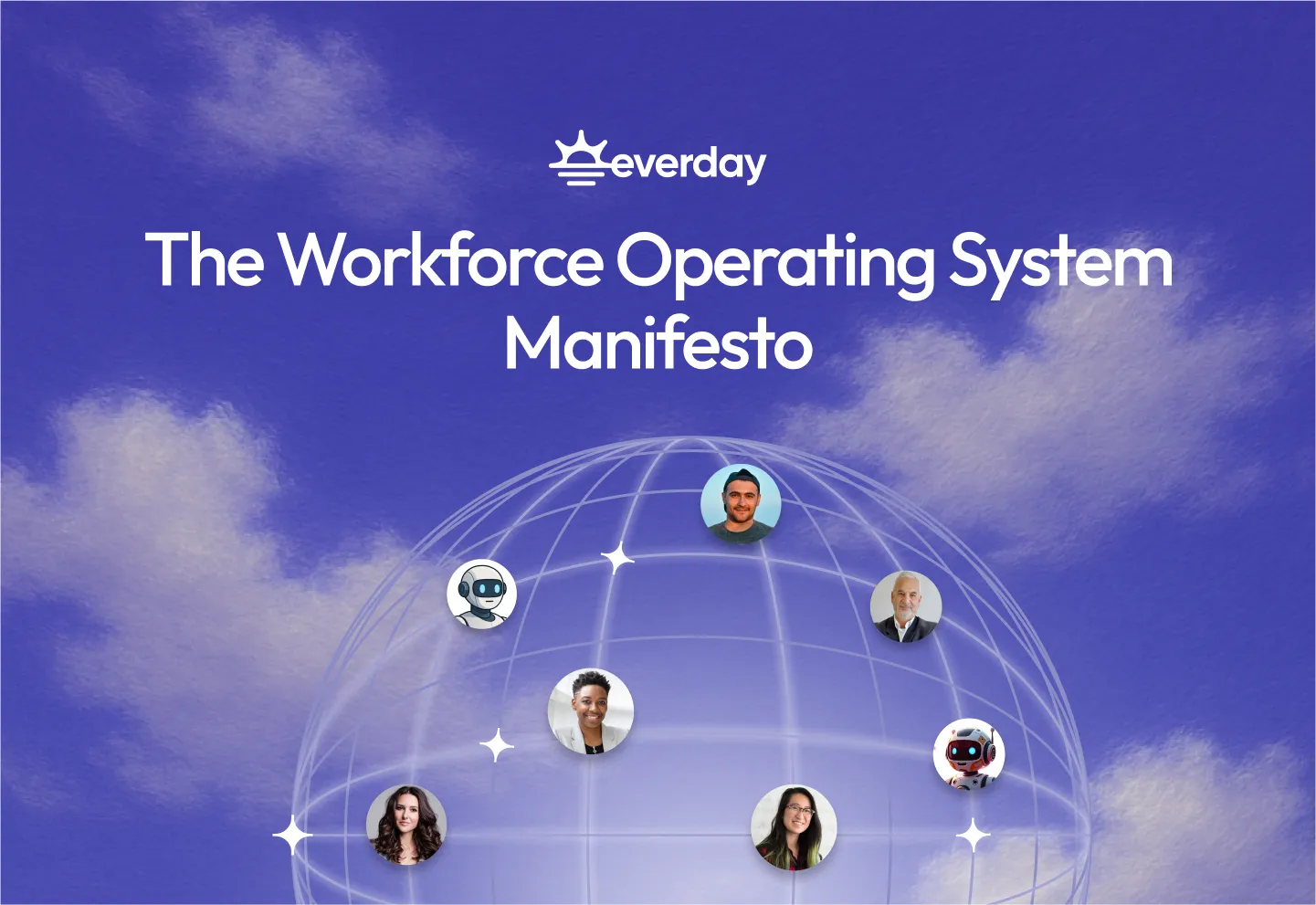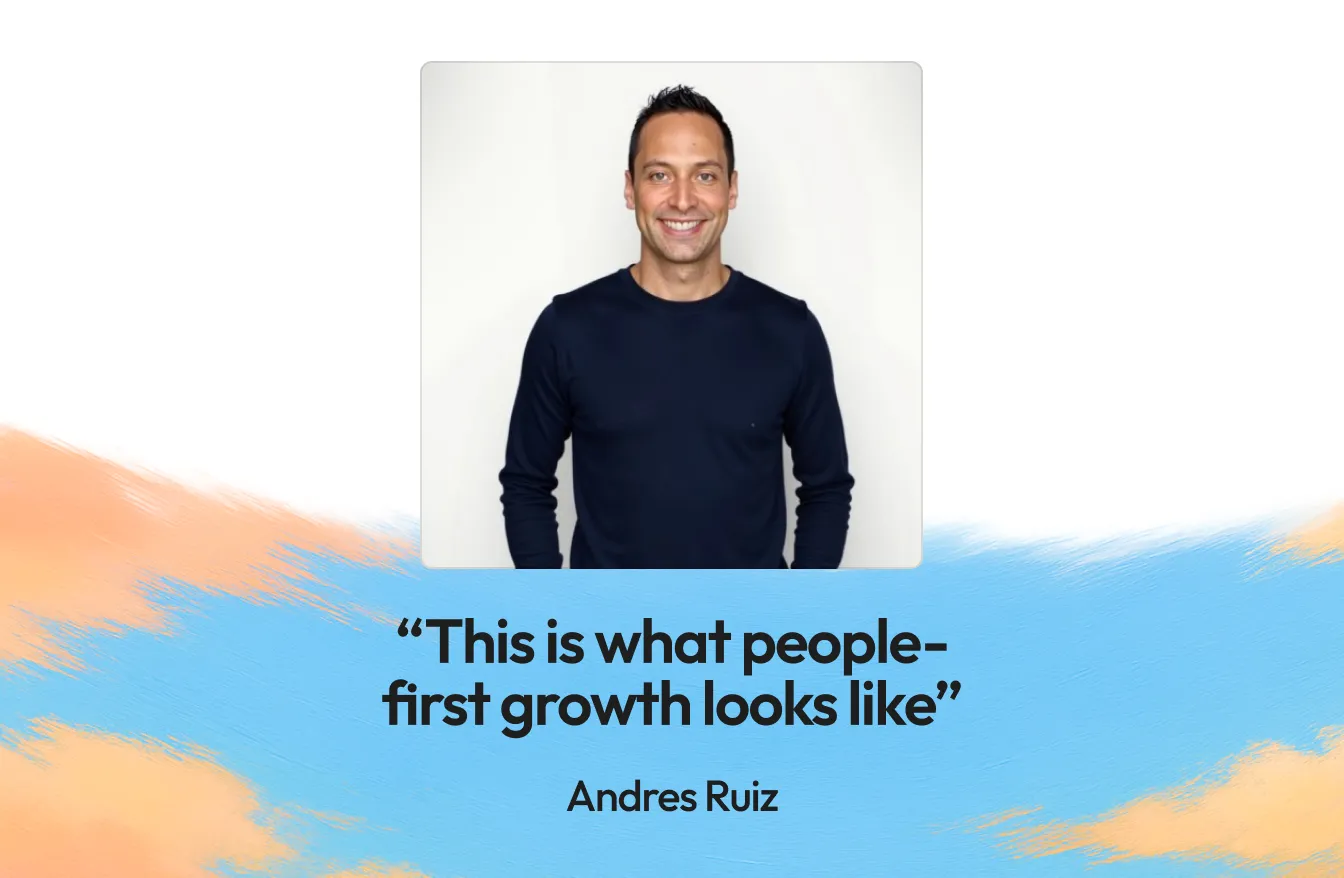
Getting a grip on the skills gap
First things first – what exactly is the skills gap? It's the mismatch between the skills your organization needs and what your team currently brings to the table. This could mean missing skills entirely or just not being quite up to speed in crucial areas. With a whopping 69% of HR pros saying their companies are facing a skills gap (up from 55% in 2021), it's clear this issue is only getting bigger.
Nailing a skills gap analysis
To tackle the skills gap, you need to pinpoint exactly where it is. Here's how to do a thorough skills gap analysis:
- Set Your Sights: Team up with senior leaders to get a clear picture of business goals and the skills you'll need down the road.
- Take Stock of Current Skills: Dive into HR records, chat with employees, and use surveys to see what skills your team already has.
- Spot Future Needs: Keep an eye on industry trends and new tech that could change what skills you need.
- Size Up the Gap: Compare what you've got with what you'll need to find the gaps.
- Craft Action Plans: Develop strategies to close those gaps with training, hiring, or other solutions.
Going skills-first
A skills-first approach is catching on as a smart way to tackle the skills gap. Here's why it's a big deal:
- A massive 84% of business leaders say focusing on skills over rigid job roles is the way to go.
- Companies with a skills-first culture are 63% more likely to see positive results.
To roll out a skills-first approach:
- Rethink Roles: Focus on the skills needed rather than sticking to old-school job descriptions.
- Speak the Same Skills Language: Create a unified skills framework across your organization.
- Harness Tech Power: Use AI-driven tools for skill mapping and development.
Upskilling and reskilling: Keep it fresh
With 44% of workplace skills expected to change in the next five years, constant upskilling and reskilling are key. Here are some winning strategies:
- Tailored Learning Paths: Use AI to craft personalized learning journeys for your team.
- Mix It Up: Offer a blend of online courses, workshops, and hands-on training.
- Cultivate a Learning Culture: Encourage a culture of continuous learning and curiosity.
Tech and AI: Your new best friends
AI is changing the game for tackling the skills gap. Check out these cool applications:
- AI-Powered Interviews: Use AI to assess skills and build accurate profiles.
- Predictive Insights: Use data to forecast future skill needs.
- Skill Mapping Platforms: Deploy AI tools to map and manage skills across your organization.
Tracking your success
To make sure you're on the right track, keep an eye on these key metrics:
- Employee engagement and satisfaction
- Internal mobility rates
- Time-to-productivity for new roles or projects
- Overall company performance
Navigating the bumps in the road
As you work on closing the skills gap, you might hit some snags like resistance to change or trouble identifying the right skills. Tackle these by:
- Clear Communication: Explain the perks of skills development to everyone involved.
- Start Small: Launch pilot programs to show success before going big.
- Keep Reevaluating: Regularly review and tweak your strategies based on results and feedback.
Remember, closing the skills gap is an ongoing journey. By embracing a skills-first mindset, leveraging technology, and fostering a culture of continuous learning, you can build a workforce that's not just ready for the future, but actively shaping it.Are you ready to take on the skills gap challenge? The future of your organization depends on it!
Everday empowers your organization with skill insights
Empower your organization by aligning current skills with future needs. Everday provides dynamic visualisation and strategic alignment to keep you ahead.
14 day free trial, no credit card needed

Get your entire company's skill matrix
Everday's AI-powered skills mapping builds your company's skills matrix faster, and with greater accuracy than creating it manually with the traditional spreadsheets.

14 day free trial, no credit card needed








